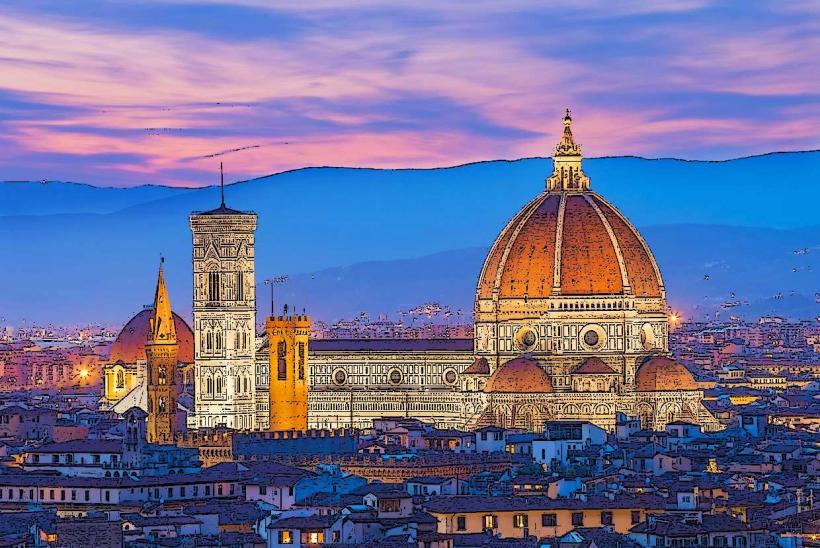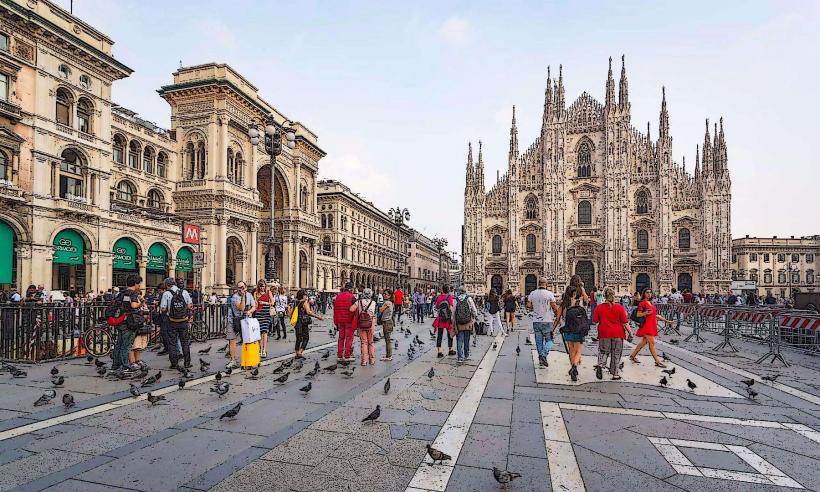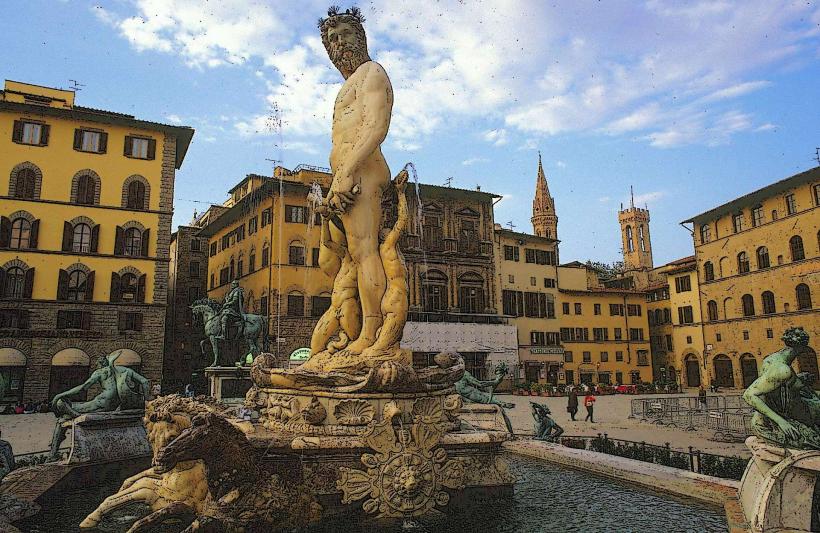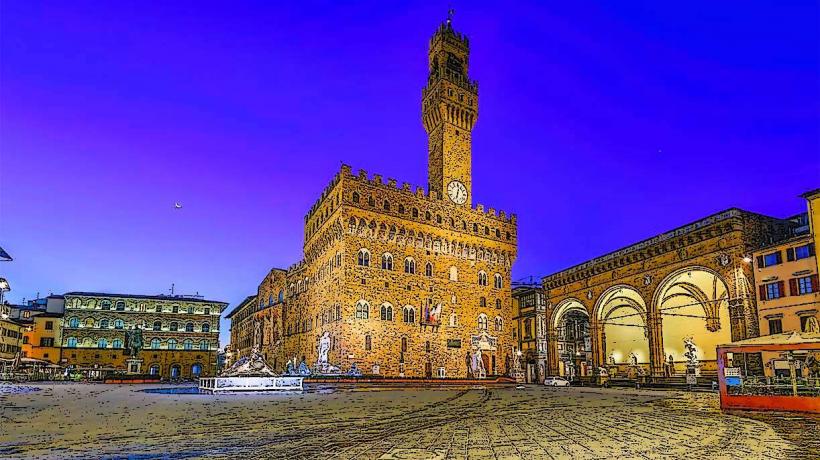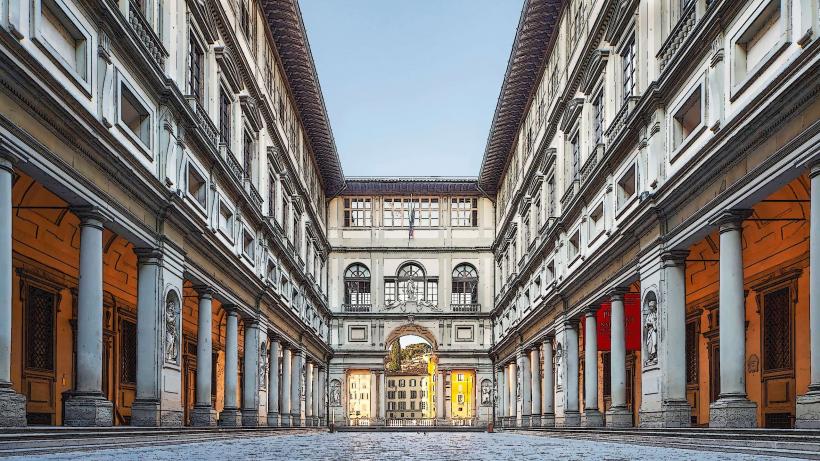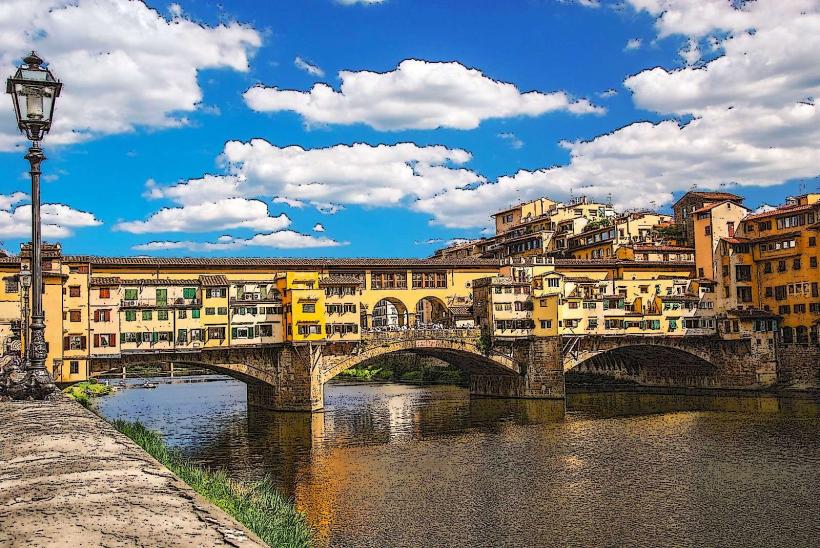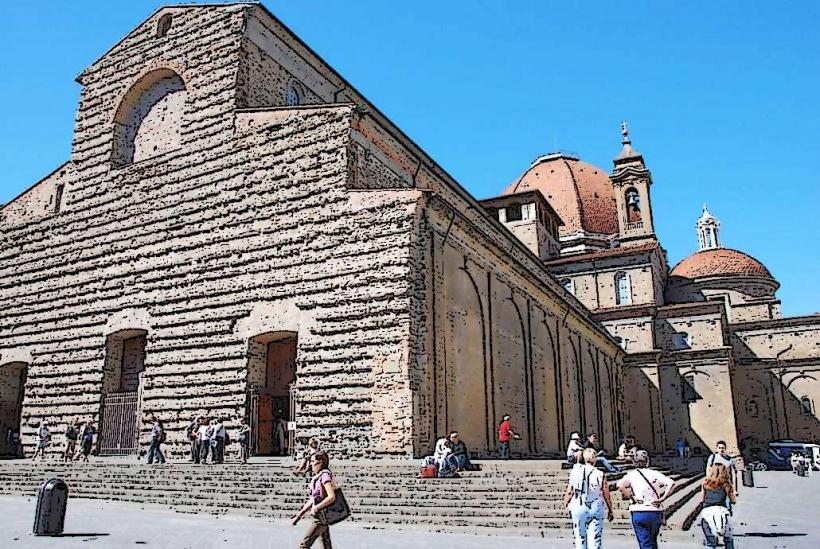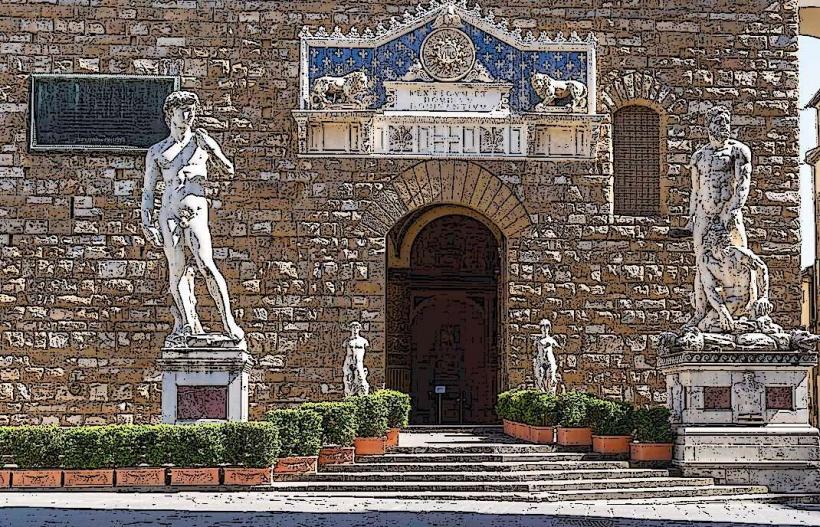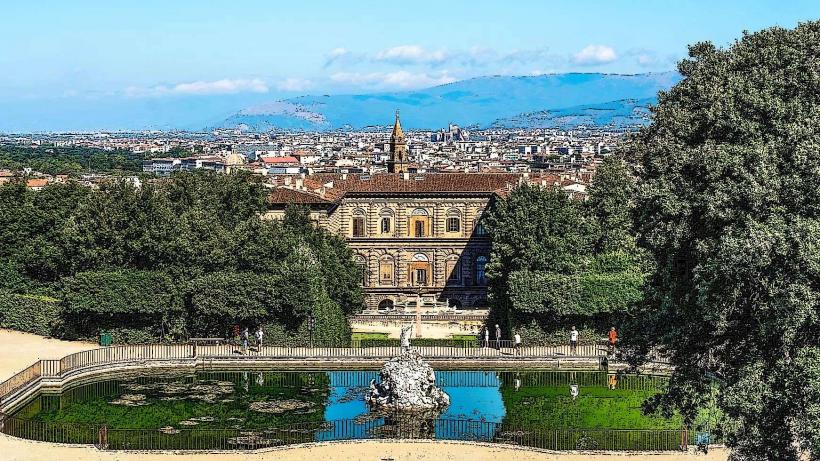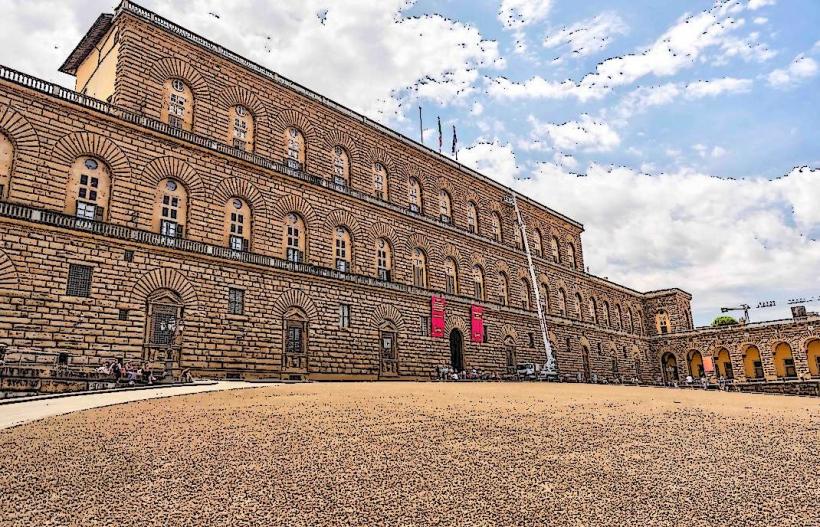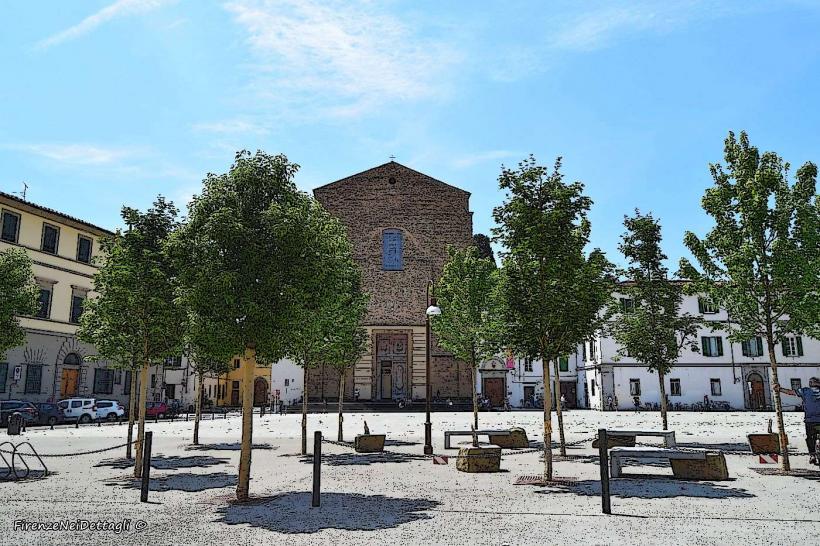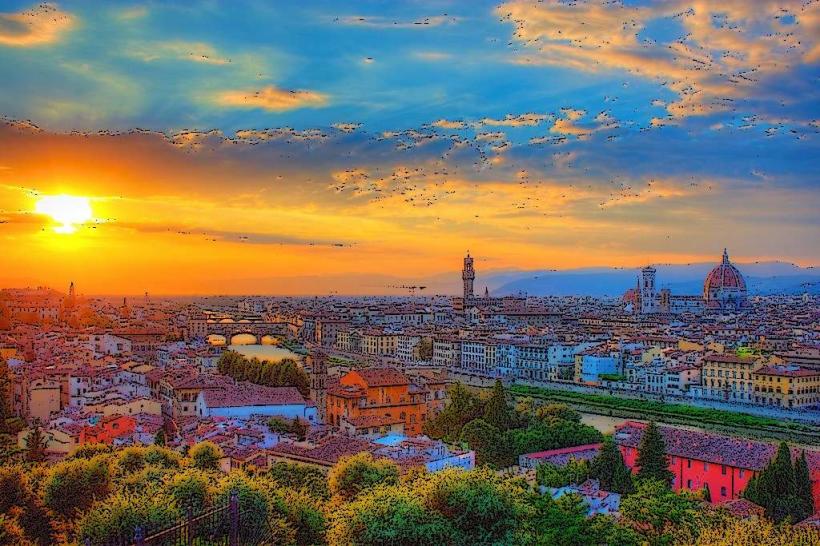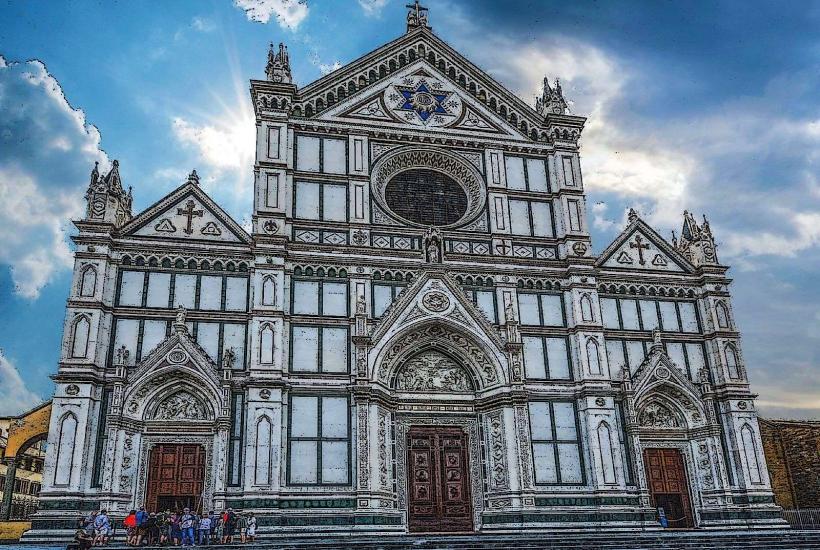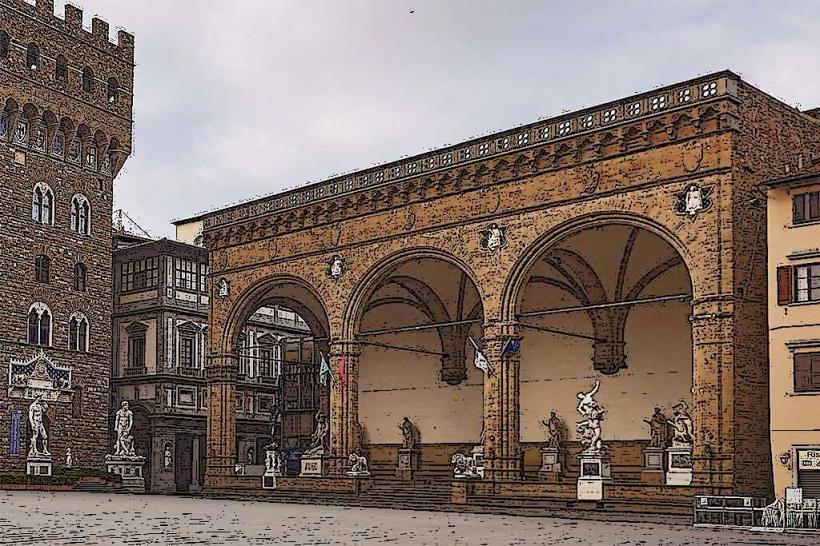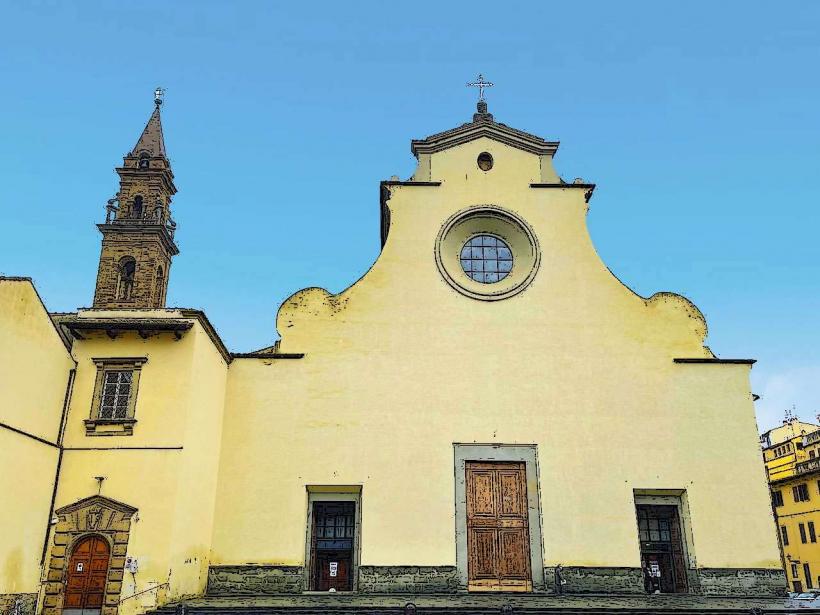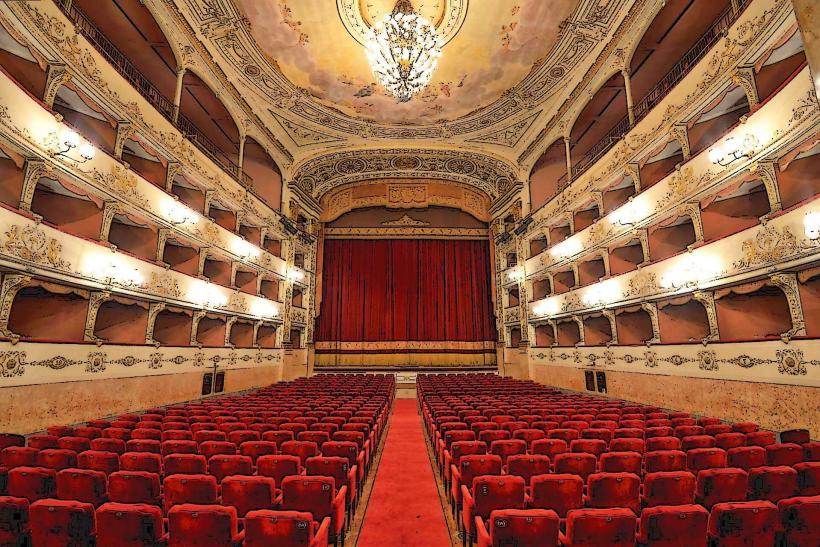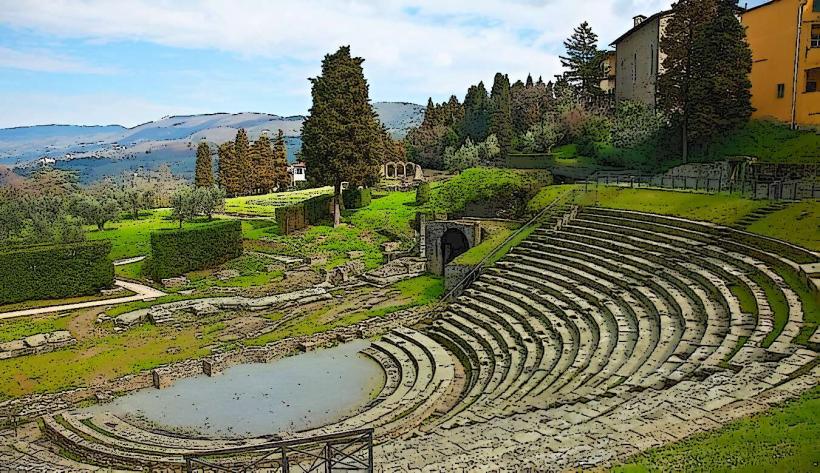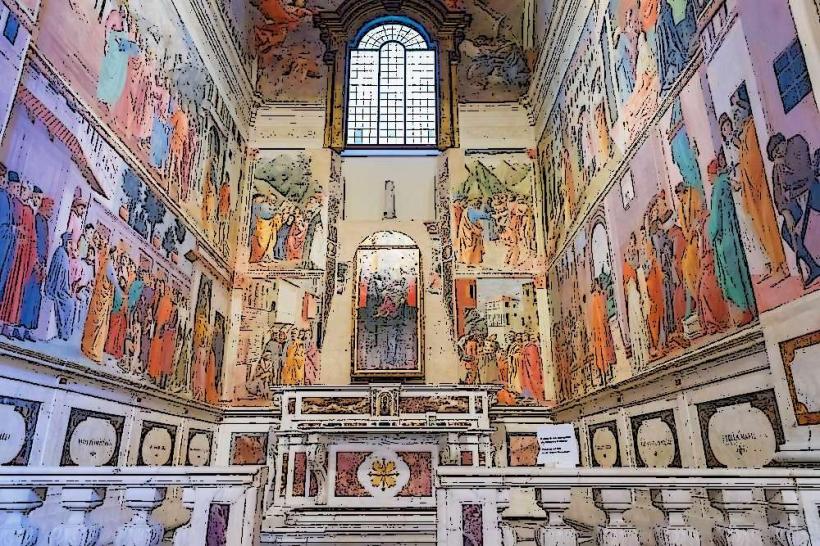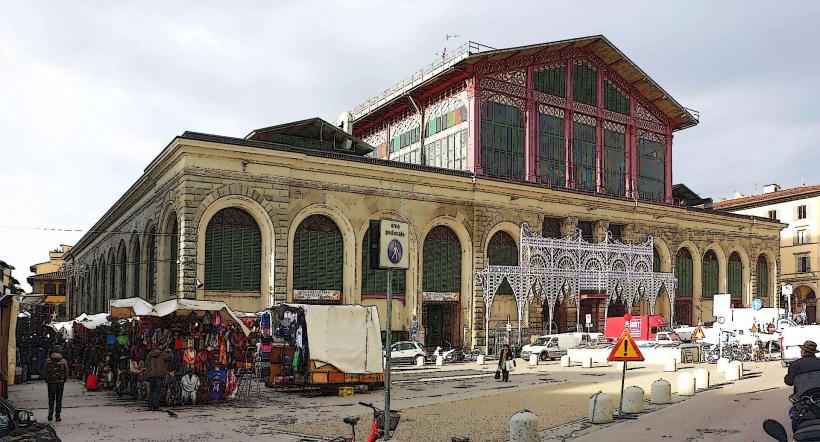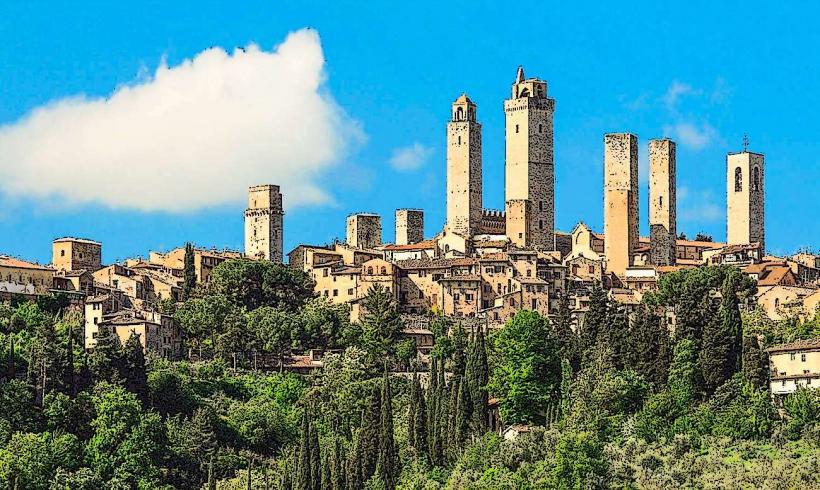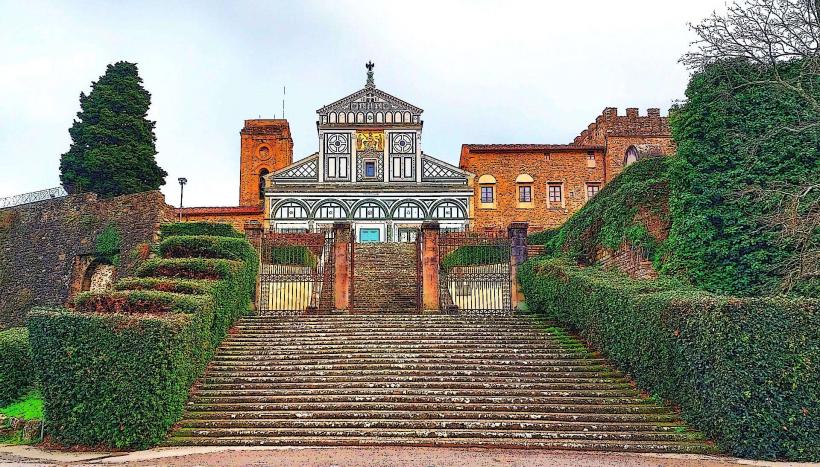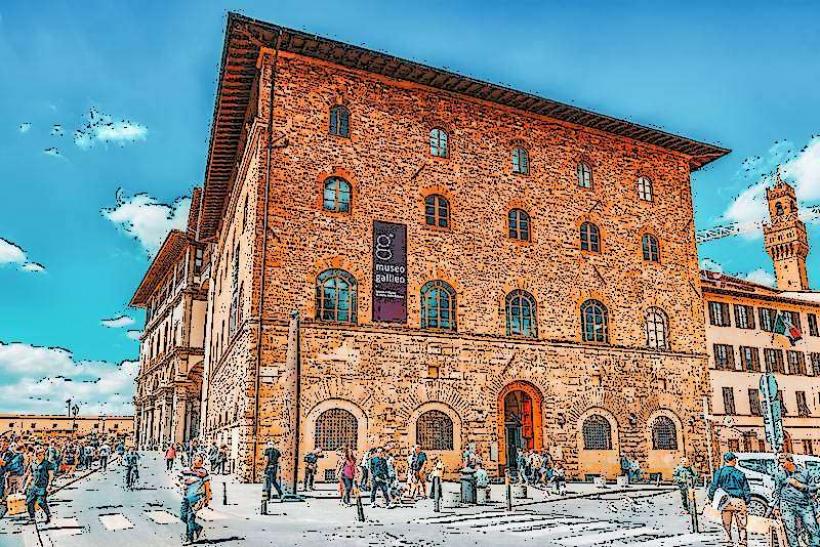Information
Landmark: Museo Nazionale del BargelloCity: Florence
Country: Italy
Continent: Europe
The Museo Nazionale del Bargello (Bargello National Museum) is one of Florence’s most significant museums, housing an outstanding collection of Renaissance sculpture and decorative arts. Located in the historic Palazzo del Bargello, a former medieval fortress and city hall, the museum is renowned for its impressive array of masterpieces by artists like Michelangelo, Donatello, Cellini, and Giambologna. Established as a museum in 1865, the Bargello has become a key institution for studying and appreciating Italian sculpture and craftsmanship.
1. Historical Background of Palazzo del Bargello
- Origins and Architecture: The Palazzo del Bargello, built in 1255, is one of Florence’s oldest public buildings. Originally, it served as the headquarters of Florence’s Podestà (chief magistrate) and later became a police headquarters and prison. Its architecture reflects medieval design with a central courtyard, crenellated towers, and fortress-like stone walls.
- Conversion to a Museum: In the 19th century, the palazzo was transformed into a museum to house Florence’s growing collection of sculptures. It was named the Museo Nazionale del Bargello and dedicated to showcasing Renaissance art, focusing on sculpture and applied arts.
2. Highlights of the Sculpture Collection
The Bargello Museum is best known for its unparalleled collection of Renaissance sculptures, offering visitors a chance to see works by Italy’s greatest artists.
- Donatello’s David: One of the museum’s most celebrated pieces, Donatello’s David is a bronze sculpture of the biblical hero, notable for being the first freestanding nude statue since antiquity. Created in the 1440s, it shows David as a youthful, contemplative figure, with his foot resting on Goliath’s severed head. The sculpture’s sensuality and realism marked a turning point in Renaissance art.
- Michelangelo’s Bacchus: This early work by Michelangelo depicts the Roman god of wine in a drunken, unsteady pose. The marble statue (1496–1497) demonstrates Michelangelo’s skill in capturing movement and human anatomy, blending classical inspiration with Renaissance naturalism.
- Benvenuto Cellini’s Bust of Cosimo I de' Medici: This bronze bust of Cosimo I (1546) reflects Cellini’s talent for detailed portraiture, capturing the duke’s features with striking realism and showcasing the precision of Italian Renaissance bronze work.
- Giambologna’s Mercury: Known for his dynamic compositions, Giambologna created this bronze figure of the god Mercury (1565) in a graceful, airborne pose, balanced on one foot with the other raised as if in flight. It highlights the artist’s mastery of anatomy and movement.
- Other Works by Michelangelo: In addition to Bacchus, the museum holds several smaller works by Michelangelo, including a Pitti Tondo relief, which portrays the Virgin and Child with dynamic, expressive detail.
3. Decorative Arts and Other Collections
The Bargello Museum is also home to extensive collections of decorative arts, demonstrating the Florentine artisans’ craftsmanship in various mediums.
- Ivories and Majolica: The museum holds an extensive collection of carved ivories from the Middle Ages to the Renaissance, as well as a significant collection of Italian majolica ceramics with vibrant colors and intricate designs.
- Medieval and Renaissance Armor: The museum includes a collection of Italian armor and weapons, providing insight into the military history and craftsmanship of the time.
- Tapestries and Textiles: Visitors can also view fine examples of Florentine textiles, showcasing intricate weaving and embroidery techniques.
- Coins and Medals: The museum’s numismatic collection includes a wide array of coins and medals, many designed by prominent Renaissance artists to commemorate important figures and events in Florence’s history.
4. Courtyard and Renaissance Architecture
- Interior Courtyard: The Bargello’s central courtyard is one of the most striking features of the building, surrounded by grand arches and decorated with coats of arms and sculptures. The courtyard has been used for public events, festivals, and even executions in the past.
- Loggia and Gothic Detail: The Bargello's architecture reflects Florence’s medieval character, with its Gothic loggia, stonework, and vaulted ceilings. The building is as much a part of Florence’s history as the artwork it houses, adding to the atmosphere of the museum.
5. Significance and Legacy
- Preservation of Renaissance Sculpture: The Bargello Museum played a crucial role in Florence’s efforts to preserve its sculptural heritage. Unlike other museums focused on painting, the Bargello is dedicated to Renaissance sculpture, helping it stand out as an essential resource for students and admirers of the medium.
- Art Historical Importance: The museum’s collection provides a comprehensive look at the evolution of Italian sculpture from the Gothic period through the Renaissance and into Mannerism, offering visitors a unique perspective on this critical era in art history.
6. Visiting Information
- Hours and Admission: The museum is open to the public with an admission fee. Special exhibitions are often held in addition to the permanent collection.
- Guided Tours: Guided tours are available to help visitors understand the significance of the pieces, and educational programs are often organized for art students and historians.
- Location and Nearby Sites: Located in the historic center of Florence, the Bargello is near the Piazza della Signoria and Uffizi Gallery, making it easily accessible for visitors exploring Florence’s main attractions.
7. Conclusion
The Museo Nazionale del Bargello is an essential destination for anyone interested in the art and culture of Renaissance Florence. Its remarkable collection of sculptures and decorative arts, combined with the historic setting of the Palazzo del Bargello, provides a profound glimpse into the creativity and craftsmanship of Italy’s greatest artists. The museum stands as a tribute to Florence’s enduring legacy as a center of Renaissance art and remains a must-visit for art lovers and history enthusiasts alike.

